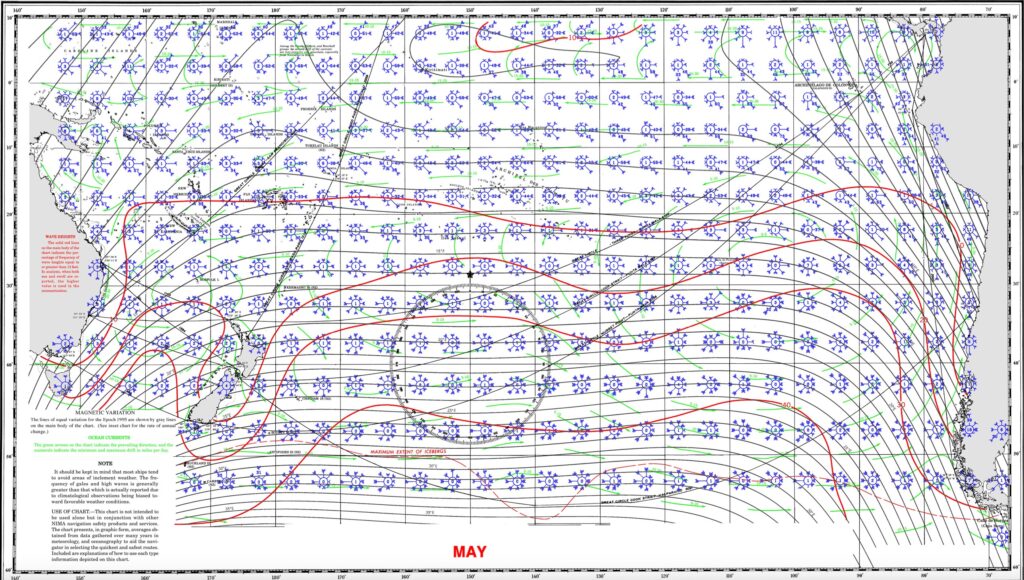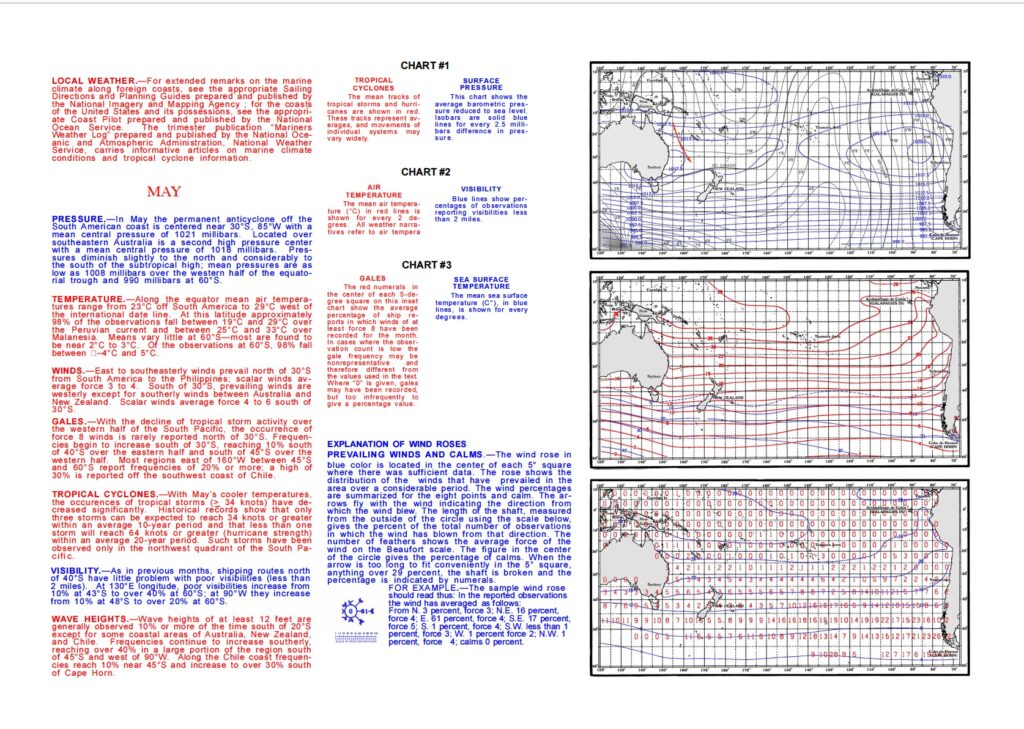A simple premise… . Patience!

Discovering Weather is a series we’ll be putting together over the next months. First up though, if you’re a racing sailor, be advised this is not aimed at you but cruisers that want comfort, safety and don’t want to spend their cruising season fixing damaged boats. So here’s where we start….
A simple premise… . Patience!
Be honest, how much do you really know about weather? Right now you’re probably saying to yourself, enough. The problem is, and we’re talking the general Oceania area (Pacific and SE Asia) there are a plethora of influences affecting weather. El Nino and La Nina, MJO (Madden Julian Oscillation), ITCZ, SPCZ, Summer, Winter, Migrating and Stationary weather systems, reading the numerous types of satellite imagery, cyclone/ typhoon formation are High Pressure Systems your friend and are all low pressure systems bad? and that’s just the tip of the iceberg, you’re doing really well if you understand even a fraction of this.
In this series we’re going to look at all of these and more starting with a simple premise, Patience!
We all know there are times of year where making passage in a specific area is either the right or wrong time. A quick look at the Pilot Charts for the region will tell you this if your heading into an area you’ve not sailed before. In simple terms these show a graphical depiction of wind data as regard to direction and force of wind likely to be encountered in an area, in a particular month including the percentage of gales and calms. These are good, particularly for the longer passages, say Mexico to Marquises, average 20-25 days, where your forecasting can only give you the first 10 days of the route. This passage is also trans equatorial so the Hurricane Season and the Southern Cyclone season play in your decision making as well as the ITCZ or Intertropical Convergence Zone. In this regard, patience becomes the long game and may mean waiting months for the seasons to turn.

For the shorter Passages, never set a fixed date for departure. Instead a range, for example the first suitable timing after the such in such. An example of this from Last Year, the Bula Rendezvous Fleet out of New Zealand for Fiji put down the statement for departure as the “First Weather Window after the 5th of May”. The Cyclone season officially ends on the 30th of April and the usual low follows high follows low winter weather pattern becomes the norm. Well, not last year. The tropic waters were still warm, the South Pacific Convergence Zone, (SPCZ) active and convection from some of the warmer cells was creating low pressure systems that played havoc with Departure Planning and the fleet didn’t end up getting away until the 2nd of June. Patience was rewarded in this case by a close to perfect passage!
The Bula Rendezvous also had a fleet from French Polynesia to Fiji last year. The departure planning here was much easier, apart from timing the arrival in Fiji around the formation of the lows, relatively simple as these were generating along a trough line associated with the SPCZ, the majority of this passage was in the trade wind belt.
If you’re not engaging a weather routing service for your next passage then PredictWind has some great tools for Departure Planning. Start looking at the weather a month before your planned start and start running the departure planning from a week or so out. Once you see what looks like a good “window” run the full weather routing using the date of the best departure plan to then take all the parameters into consideration. Once you’re happy, press the button and go!

